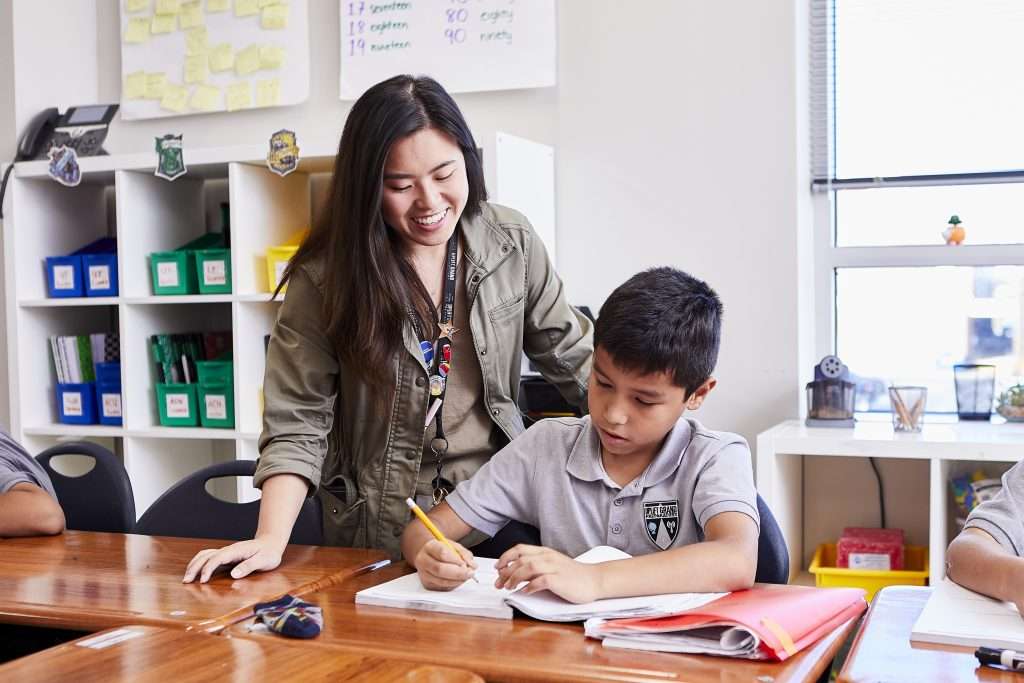Over the last couple of years through a pandemic, scholars have received instruction and assessments that have been wildly different from a traditional school environment. Some scholars have been completely remote the last few years while others have come to campus a couple times a week and worked from home the majority of the time. Teachers have been absent throughout the year due to illness or quarantine. Especially during the beginning of the pandemic, schools scrambled to make online instruction as comprehensive and thoughtfully constructed as possible. Despite all of our best efforts as educators, according to STAAR and MAP assessments, scholars still lost quite a bit of learning across the world.
As an overall network, Uplift Education, a charter school network serving the Dallas/Fort Worth metroplex, saw between a 7%-10% decline in pass rates for English I, II, and US History when comparing pass rates to results from the 2018-19 school year and an overall 31% decline in pass rates in Algebra I for end of year exams.
How do we accelerate learning for scholars so that they graduate ready for college and career? This is the question every educator is asking themselves.
High impact tutoring (HIT), known as “high-dosage tutoring”, leverages the most effective parts of classroom instruction (strong relationships and feedback on independent practice) and pushes them to new heights through research-based small group practices. Imagine the impact of a dedicated tutor working with high-need scholars four times a week, helping them understand comprehensive, grade-level concepts, and then evaluating their mastery at the end of tutoring sessions. This program has recently garnered attention as one of the most common interventions for addressing unfinished learning from the COVID-19 pandemic.
The tenets of the program (well-trained, consistent tutors; high quality, integrated instructional materials; small groups) are research-based, and backed by the state’s approach to this program. In the next three years, some schools will produce a fully integrated tutoring program with the clear, ever-present goal of supporting teachers and scholars.
One of the key components of HIT at Uplift is their use of “design studios”—formal structures where school leaders work with the Uplift central office to design a customized HIT program on their campuses. Nick Erber, Director of Learning Acceleration at Uplift Education, is spearheading this to help get Uplift students back on track quickly.
HIT should have a number of key characteristics.
- Embedded in the school day—not before or after
- High frequency (45 min, 4 times a week)
- Provided by a consistent adult to support strong relationships
- Grounded in data-driven instruction, tailored to the specific needs of students
- Integrated with what kids are learning in the classroom, focused on acceleration, not remediation
This creates a virtuous cycle: scholars become more confident in tutoring, and then are more successful in their regular classroom. Overall, it makes school a better place for students who are struggling.
Uplift has now launched HIT in 38 schools—serving 4,000 scholars. 28 schools were paired with virtual tutors. 10 campuses were paired with in-person tutors.
The results were realized as the network saw growth from Spring 21 to Spring 22:
- Significant growth in K-2 literacy among tutored K-2 scholars
- Improved literacy scores on primary campuses across the network
- 18-point increase in 3rd grade students scoring “Meets” on their math STAAR from 21-22, outpacing comparable North Texas districts in growth by 10%
- Double digit improvement in 6th, 7th, and 8th grade reading “Meets” scores, including a 20% improvement in scholars reaching the 7th grade “Meets” performance band.
- Algebra I, Biology, English I, English II, and US History End of Course exam pass rates that outperformed all North Texas ISD peer districts on the Spring 22 administration of the exams.
Uplift is working with USC Rossier and the Annenberg Institute at Brown University to learn more about how effective tutoring scales in a large, urban district and perceptions of teachers and leaders who are working with high impact tutoring. Also, how to measure the impact of 1:1 K-2 literacy tutoring provided to scholars who are currently reading below grade level.
As it has been shown in research to be about twice as effective as after school tutoring, in school tutoring will be an important part of helping students get back on grade level, and parents should consider schools and districts that are providing this, especially if their child has experienced learning loss over the past 2-½ year.




